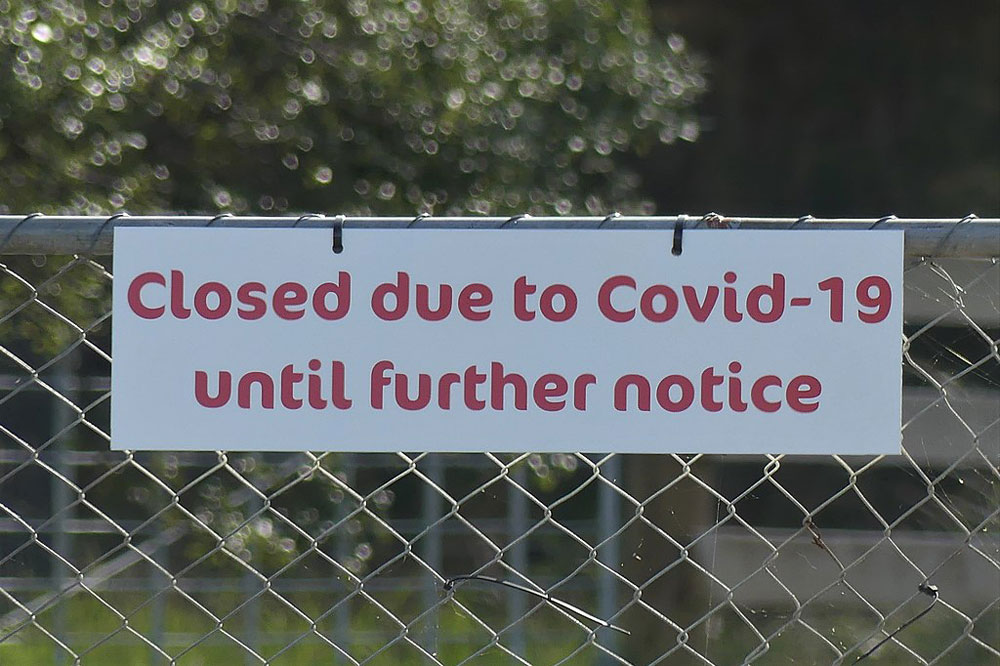
October 21, 2020; Nonprofit Journal Project (Second Wave Michigan) and KGUN
Over the last eight months of disruption and uncertainty, the nonprofit sector has been asked to keep its doors open and services going while its sources of funding have been rocked. Business models that were honed for the pre-pandemic world where we had grown comfortable working no longer seemed secure. Each organization faced a question: Where will we find the money to keep going? Often, there was no good answer.
Steve Ragan, executive vice president at Hope Network, a Michigan nonprofit that provides services to people with disabilities, describes, in comments reported by Second Wave Michigan, the apparent advantage that organizations less reliant on earned income have had.
For organizations that were able to make a strong case to their donors that they are addressing the health, social and economic challenges of COVID-19, philanthropy has continued to be very strong. In fact, it has often been earned revenue, not philanthropy, that has been hit hardest. This is especially true for hospitals, universities, arts & culture nonprofits.
As Donna Murray-Brown, president and CEO of the Michigan Nonprofit Association, puts it, the funding landscape has been for those who “depend on fees generated from in-person engagement” has been devastated. “Some had relief from the [Paycheck Protection Program],” she says, “yet the funds have been expended, and they are feeling the stress because they need more resources.”
Jeff Yanc, who works for The Loft, a nonprofit arts organization in Tucson, spelled out the existential challenge faced by organizations like his when he recently spoke to KGUN Tucson. “We had to decide how are we going to stay in business if we can’t show movies,” he says. “As a nonprofit, we of course have access to grant money. We have a fairly robust membership program with benefits and members support us; we can accept donations.”
Sign up for our free newsletters
Subscribe to NPQ's newsletters to have our top stories delivered directly to your inbox.
By signing up, you agree to our privacy policy and terms of use, and to receive messages from NPQ and our partners.
Museums and other cultural arts organizations, increasingly reliant on ticket and merchandise sales, have been extremely hard hit. Even large, established organizations like New York City’s Metropolitan Museum of Art have struggled to keep their organizations whole. Speaking to the New York Times, Daniel H. Weiss, the Met’s chief executive, explains that “The Met, which relies on ticket sales and other purchases from visitors for roughly a third of its annual revenue, has already had two rounds of employee cuts, leaving the museum with a staff that is about 20 percent smaller than it was before the pandemic.” Sally Tallant, the museum’s director, went so far as to remove ticket revenue as a budget line item for this year. “I’ve accepted that this period of uncertainty will continue,” she says.
If large organizations have room to tighten their belts further belt and reserves remaining to draw down, newer ones often do not. When smaller organizations fall victim to this period of economic crisis, the loss is greater than their size might imply. Melody Capoti, executive director of the Caribbean Cultural Center African Diaspora Institute, observes that these nonprofits often serve BIPOC communities, giving their disappearance a different meaning:
We’ve seen our culture robbed from us, only to find it on display somewhere in a 5th Avenue museum. We are not looking forward to things going back to normal, as normal was never good for communities of color. Many of the organizations of color will not survive this lockdown. Many have already seen their demise.
Nonprofits that relied on donations, grants, and public funding had it easier. Foundations and DAF sponsors increased their distributions, and funders became more willing to modify expectations as to how their grants would be used, recognizing the need to keep valued organizations viable through this rough patch. However, signs may show that the relative advantage for philanthropically supported nonprofits is fading. Michael Montgomery, owner/principal consultant of Montgomery Consulting and a teacher at both UM-Dearborn and Eastern Michigan University, recently observed:
Major givers watch the market closely, and it affects their willingness to take on major new charitable commitments. For now, we’re fine because the market has become disconnected from fundamentals. More than 30 million people are out of work, and yet the Dow hovers near record highs—that’s just plain crazy. At some point, that giddy optimism will end, and with it, the sense of wellbeing that many major donors need in order to keep giving.
Compounding the challenges of the pandemic is the nation’s awakening to its racist roots and our struggle to find common ground for a path forward. The future of the nonprofit sector hangs in the balance as donors worry, governments remain paralyzed by political conflict, and health concerns continue to shackle our operations. It’s clear we will continue to deal with uncertainty; as we face it, we must find our organizations’ inner strengths. As Ragan notes, even after eight months, we have not reached the end of the bad times. “Nonprofits as a sector are truly resilient, yet I am sure there will be some [organizations] that may need to close their doors. My chief concern is, how many will we lose? How many communities will not have services or support because of the closures?”—Martin Levine













